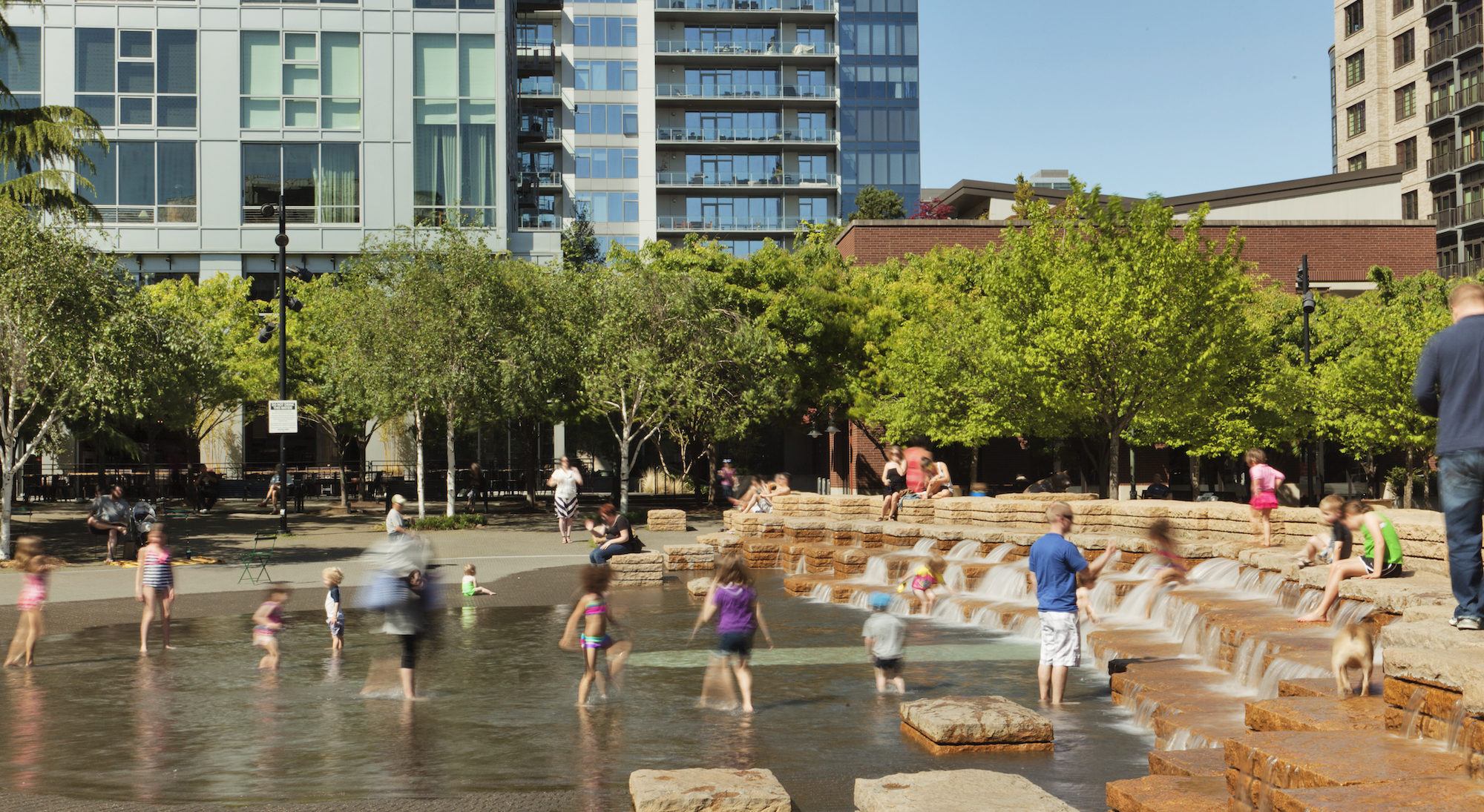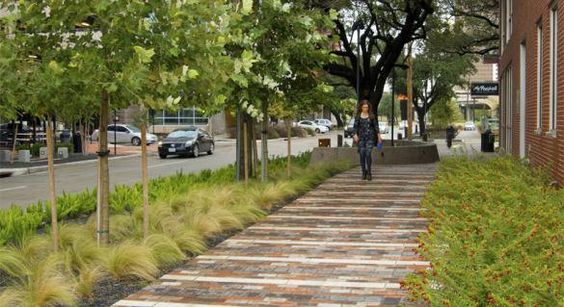Please Note: We have listed this article course as a flipbook on this page for those interested in auditing the course/lesson. If you need to report this course for Continuing Education (CE) or need a certificate, please enroll in the course or get a Platinum membership and access all our courses at your leisure. Enrolled students must take and pass the short quiz in order to earn CE credits. In addition, this course needs to be self-reported. Self-reporting information will be accessible once you complete the Quiz.
In 2021, it feels as if we are on the precipice of something new and exciting. After the last year – a global pandemic, Black Lives Matter protests, increasing demand for social justice – we’re ready for positive, radical change that is long overdue. Big change starts on a small scale, though. To change our cities and communities, it must start in the neighborhoods. This is where EcoDistricts comes into the picture. EcoDistricts was created to support the growth of urban development – mobilizing and empowering neighborhoods to focus on the people and the planet above all else.
With EcoDistricts, there’s hope for a vibrant, smart, equitable future. EcoDistricts programs are based on over seven years of research, pillar projects, and expert feedback. In this article, we’ll dig deep into what EcoDistrict is, how it works, and why it’s the future of modern neighborhoods, districts, and cities. We’ll also discuss how EcoDistricts works hand in hand with LEED-ND, a green building certification program, to bring sustainability goals to life.





Such a helpful article to help you understand more on what EcoDistrict is, how it works, and why it’s necessary for a sustainable future!